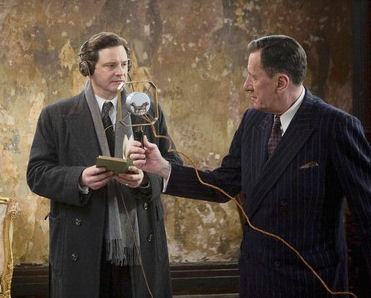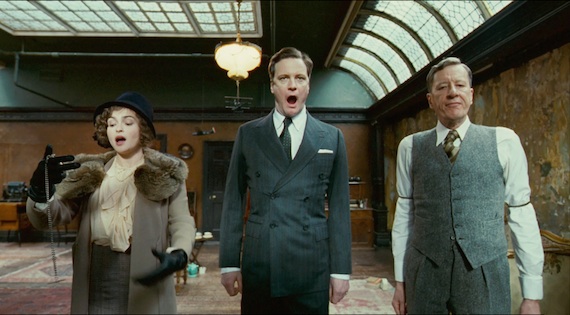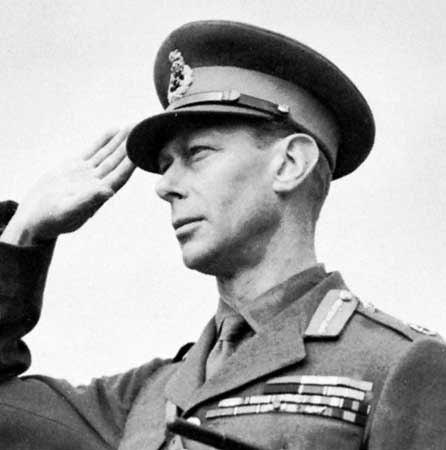The King’s Speech: How George VI Overcame His Stutter
You might be surprised at how many famous people have struggled with a speech disorder. James Earl Jones developed a stutter as a child. So did Bruce Willis, Samuel L. Jackson, and Tiger Woods. Influential orators have also dealt with the issue, including Winston Churchill. And King George VI’s stuttering problem was made famous by the Hollywood hit, “The King’s Speech,” starring Colin Firth, Geoffrey Rush, and Helena Bonham Carter. While the screenwriter took certain liberties with historical facts (the compression of events into a shorter time period, for one), this can be forgiven since the primary focus of “The King’s Speech” is how George VI overcame his stutter.
King George VI’s Problem
King George VI was born Prince Albert, the second son of King George V. (He changed his name to George VI upon assuming the throne. Many of us Americans are a bit hazy on royal affairs that don’t involve Kate Middleton, so we’ll call him George VI to avoid confusion.) George VI’s elder brother, Edward VIII, was in line for the throne, and so George VI did not expect to become king. This suited him perfectly well, as he is said to have been painfully shy. He also loathed public speaking and was quite embarrassed of his stutter. It is said that the possible cause of the stutter was partially from verbal abuse from King George V when George VI was a small child. Whatever the cause, George VI stammered his way through his speeches. He endured a particularly disastrous speech to mark the closing of the 1925 British Empire Exhibition at Wembley Stadium.

Image source: Firth.com
Seeking Speech Therapy
George VI had previously tried to rid himself of his stutter, but no speech program seemed to help him. That changed when he began to work with speech therapist Lionel Logue. In “The King’s Speech,” events are compressed so that it appears that George VI begins to work with Logue just before he is to assume the throne in 1936. This was not the case. George VI actually began to work with Logue in 1926, a while after the disastrous speech at the British Empire Exhibition. The two became friendly quite quickly, also unlike the movie. Logue indicated in his notes that “Bertie” (George VI) was imbued with confidence after their first meeting.
Lionel Logue’s Techniques
George VI’s growing self-confidence was critical. Quite often, a person’s stutter worsens when he is more keenly aware of it and anxious about it. To help George VI calm down and manage his rate of speech, Lionel Logue practiced breathing techniques with him. He also encouraged George VI to talk about any psychological issues that were troubling him.

Image source: Screenrant.com
Logue is also known to have instructed his patients to gargle with warm water and to practice intoning vowels with a loud voice, stretching each sound to 15 seconds. Logue also had his patients practice tongue twisters, and he is said to have someone sit on the patient’s stomach in order to strengthen the diaphragm. This last technique is a bit unorthodox by today’s standards.
As king, George VI called Logue to Buckingham Palace many times during the subsequent years to guide him through his speeches. Years of speech therapy enabled him to successfully address the nation, but George VI still struggled with his stutter. He viewed speech therapy as an ongoing necessity. In fact, King George VI was only comfortable delivering a speech without Logue at his side in December of 1944 – nearly two decades after he first sought Logue’s aid. The speech went quite well.



